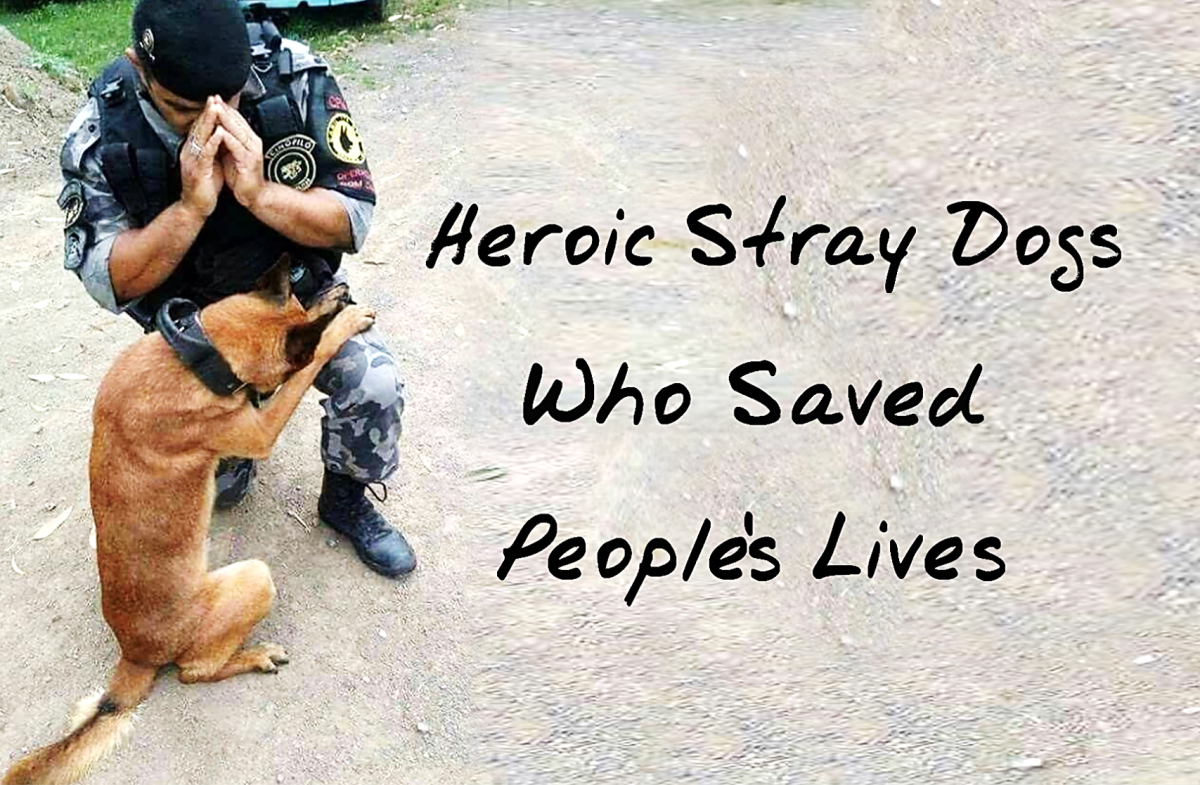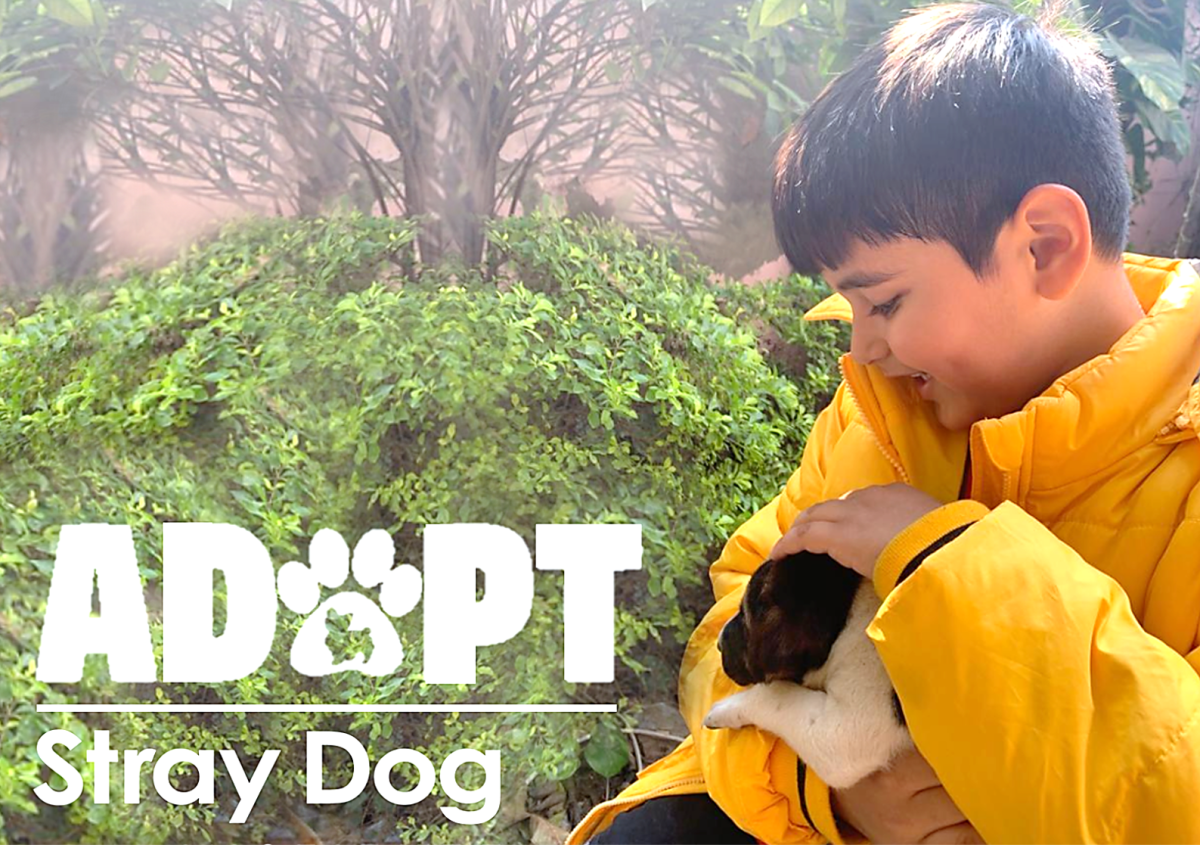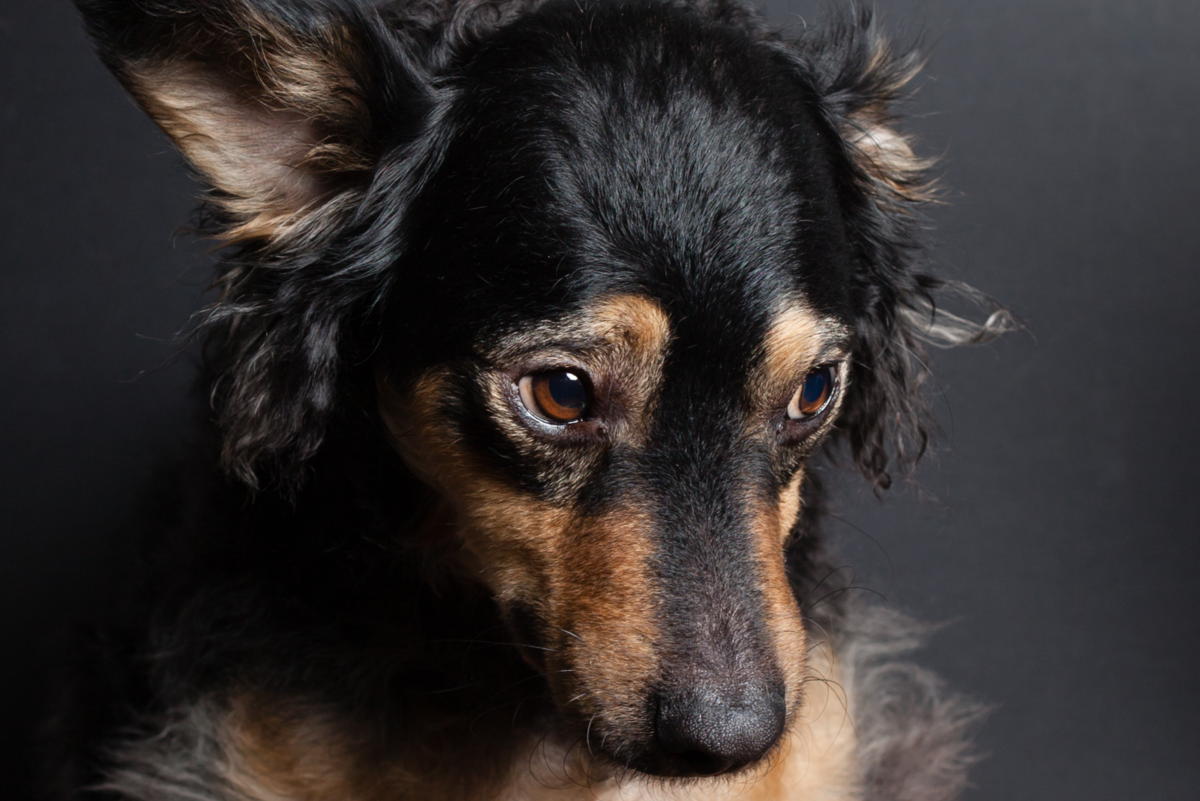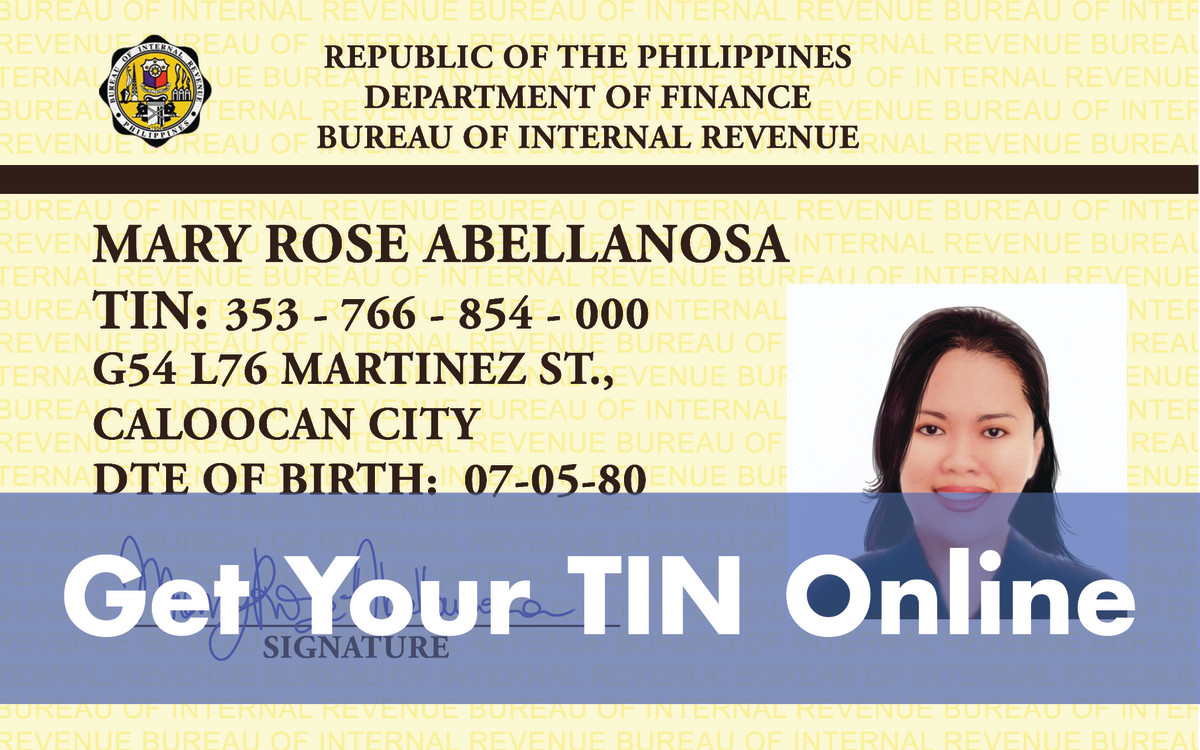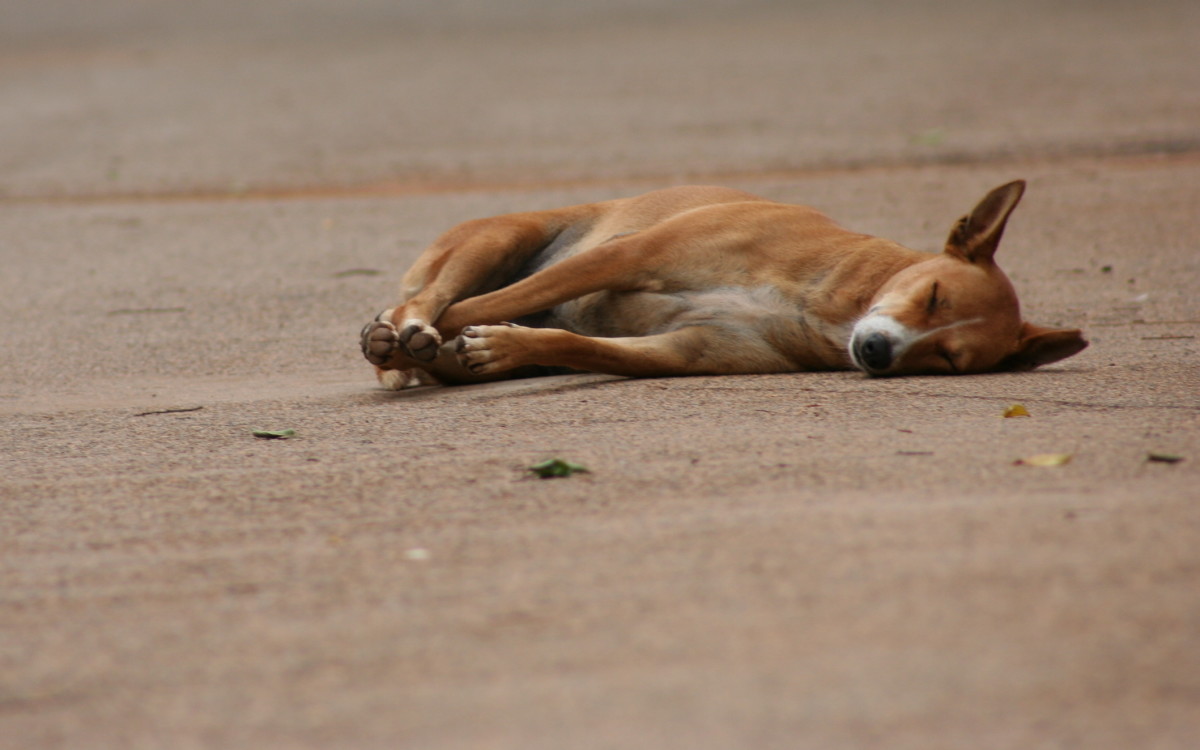How to Take Care of a Found Stray Dog
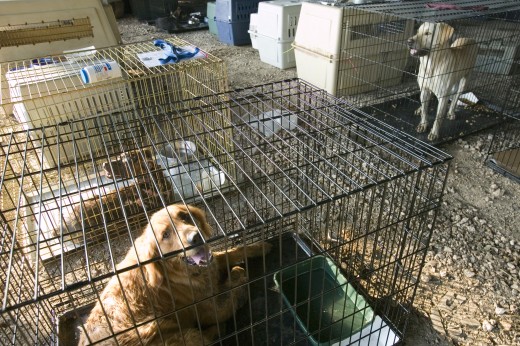
A friendly dog comes up to your car in a parking lot. A dog is running down the sidewalk or by the side of the road. A sweet little dog comes up to you in your yard.
What do you do? Do you have the obligation to help the dog? How do you stay safe?
In this article I will explore the options for safe capture of a stray dog and what you can do to make sure it gets the help it needs, is safe and hopefully reunited with its owner.
If you are missing your dog, you can check out tips for finding a lost pet here.
How To Approach A Stray
If you are trying to catch a loose dog, it is important to figure out if the dog is safe to approach. Make sure to approach slowly and talk calmly to the dog. If the dog shows any signs of aggression back away and call your city’s animal control. Trying to help a stray dog is a good deed but not at the expense of you getting hurt.
If the dog is aggressive and seems like it may attack you, remember to use the “tree pose.” Stand still with your eyes facing forward. Do not make direct contact. Put your hands into fists and put both hands just under your chin, tucking your arms against your body. Stay in that pose until the dog goes away. Dogs will usually not engage with you if you do not fight back.

Check For ID
Once you have the dog in your custody, you need to find a place to keep it safe and check it for identification. If you have a fenced-in yard or a garage, this may be the best place to keep the dog while you try to find its owner.
Check for a collar and see if there is an owner’s tag or a rabies tag. If there is a tag with an address and phone number, contact the owner. Remember that the owner could be away at work, out for the day, out looking for their pet or even on vacation. It may take time to let them know you have their pet.
If there is a rabies tag, there should be a phone number on the tag as well as an identification number. Write down both the phone number and the identification number. The place you will be calling will most likely be a vet’s office or a shelter where the animal received their vaccination. Give them the ID number from the tag. The office will most likely not give you the owner’s name or number but will call and let the owner know you have their dog.
If there is no collar or a collar without tags, you may still be in luck. More and more pets are now receiving mircochips which are placed under the skin. The microchip can be read by special scanners at vets’ offices or shelters and will give the owner’s information.
Most vets or shelters will scan the dog for free. If the dog is willing, you can take them there and let the vet or shelter look up owner information and contact them.
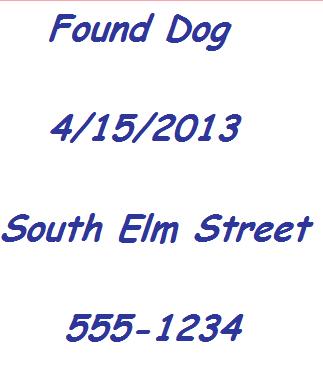
Put Up Posters
When you find a dog, it is a great idea to put up posters in the area where you found it. Many people make mistakes when they put up “Found Dog” posters.
Some common mistakes are:
- making the lettering too small
- including too much information
- including a picture
- making the flyer easy to miss
The poster or flyer should be simple, easy-to-read from a fair distance and contain only basic information. Use brightly colored paper with dark, easy to read letters.
Include the following in your poster:
- Found Dog
- Date
- Where Found
- Phone Number
Do not include descriptions of size or color. This way you do not have people posing as the owners, trying to claim the dog. You also want to include the date you found the dog so that someone whose dog went missing after that date will know that the poster does not likely pertain to them.
If someone calls you about the dog, ask them to describe basic characteristics or features of the dog, helping you to verify that he or she truly is the owner.
While you are putting up posters, look for any “Missing Dog” posters that might match the dog you found.
Meet Safely
Once you have made contact with the owner, decide on a safe place to meet in order to transfer the pet. Meeting in a public place such as a busy park or even a shopping center parking lot can insure your safety and the owner’s safety. Both of you will know that it is not a scam.
Unfortunately, there are cases where dogs are claimed (or found) by people who are trying to scam for money or worse. Be cautious about your safety as you are doing a good deed.
What If I Can't Find The Owner
If you are unable to locate the owner, you have several options.
You can opt to keep the dog. Most cities have certain ownership laws. If a dog has been unclaimed for a certain number of days after reasonable efforts have been made to make the whereabouts of the dog known, the dog can be adopted by a new family. Contact your local shelter for details about your local laws.
You can foster the dog and try to look for a new owner. Some shelters and vets will even partner with you, helping you to advertise and screen potential owners for the best match.
If the dog is a purebred, you may be able to place it with a rescue group. There are rescue groups for many different kinds of dogs. Just type into a Google search box the breed of the dog with the term “rescue” and your city or state.
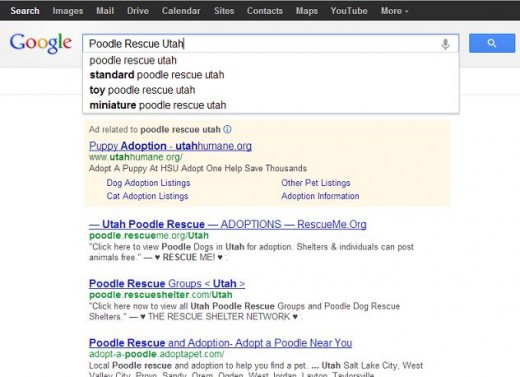
If none of these options work, you can contact your county shelter or humane society, explain the situation and find out if and when the shelter has room to take the dog in. If possible, try to find a No-Kill shelter so that you know the dog won't be euthanized if it is there for an extended period of time.
Should You Take A Reward?
Sometimes, when people find dogs and return them to their owner, they are offered a reward. It is really up to you whether or not you want to take it. I always ask the owner to donate to a pet related charity or to pay-it-forward.
If you have kept the dog for a period of time and accumulated expenses, you might ask the owner if they could help with these, but don’t expect it.
Helping a stray dog is a rewarding experience in itself. You are saving a life and truly helping a living creature that needs you.
Hopefully, if your pet ever gets lost, someone will do the same for you.

